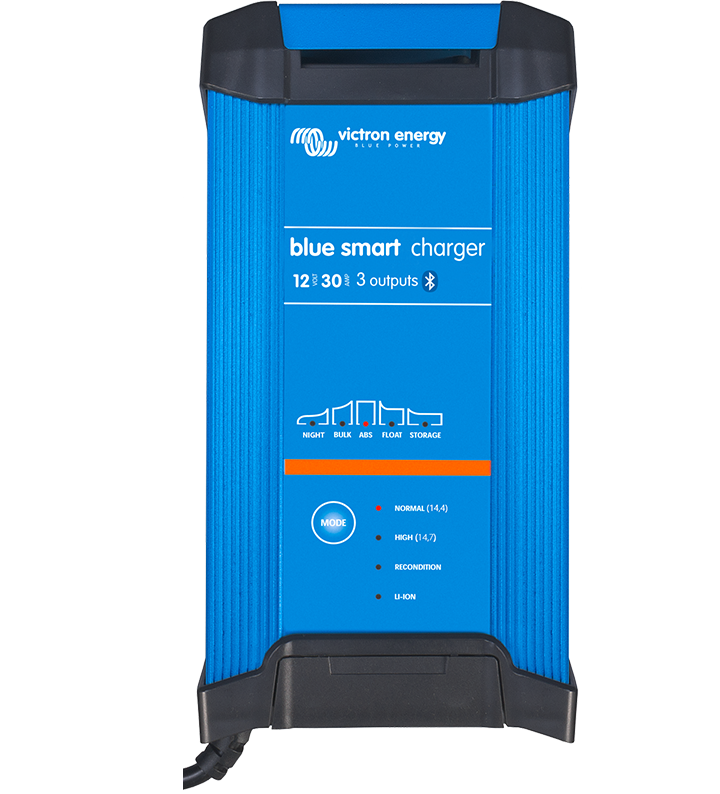djm45
New Member
I have a BougeRV 100Ah 12V battery with heater protection and high voltage protection. It has an upper charge voltage limit of 14.45V enforced by the BMS. I got a AmpereTime charger 14.6V 30A for LifePO batteries. The charger never was able to charge the battery even though it have changing stages for charging. A trickle charger could. There does not appear to be control over what the AmpereTime (now LiTime) voltage is for charging. So did I unexpectedly buy the wrong charger? I returned it to AmpereTime and they quickly refunded my money (great interaction with the support people but no answer to the voltage issue). I tried search the forum for this dilemma, but could not find a solution (somewhat new at this). OTOH, the Victron Blue Smart IP67 charger seems to suggest control over charging levels (spec sheet gives a charging range of 13.5 - 14.2 V). Would their charger work with a 14.45V battery limitation?
I guess the idea that one needs to drill down to determine compatible chargers is something I naively wasn't expecting. Or, that the battery folks can give you a list of compatible chargers?
I guess the idea that one needs to drill down to determine compatible chargers is something I naively wasn't expecting. Or, that the battery folks can give you a list of compatible chargers?



